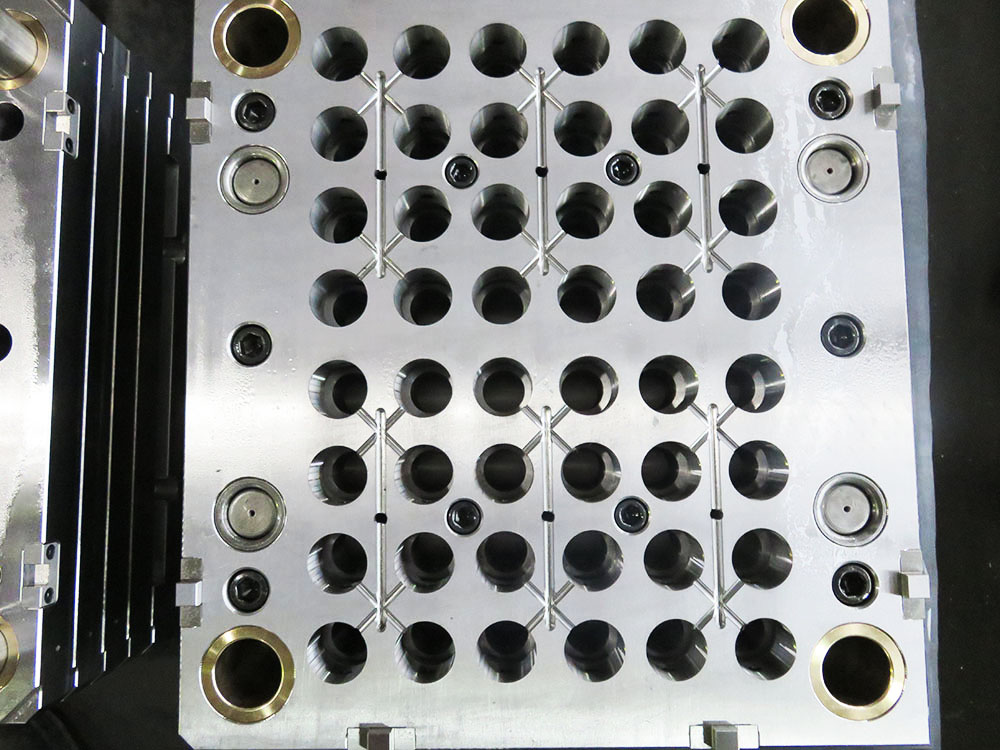Introduction
Stainless steel mold frames play a crucial role in the mold base industry, providing stability and support for molds. However, these frames are susceptible to corrosion if not properly maintained. This article aims to explore effective methods for preventing corrosion of stainless steel mold frames to ensure their longevity and performance.Understanding Corrosion of Stainless Steel Mold Frames
Corrosion occurs when stainless steel mold frames react with environmental factors, such as moisture, chemicals, or atmospheric conditions. The most common type of corrosion observed in these frames is called pitting corrosion, which leads to the formation of small pits or holes on the surface of the metal.
To prevent corrosion, it is essential to address the root causes attributed to the degradation of stainless steel mold frames. These causes may include poor maintenance practices, exposure to aggressive environments, or inadequate surface protection.
Maintenance Practices to Prevent Corrosion
Regular maintenance can significantly extend the lifespan of stainless steel mold frames and reduce the risk of corrosion. Here are some recommended maintenance practices:
- Regular cleaning: Remove dirt, dust, and debris using mild soaps or non-abrasive cleaners. Avoid using harsh chemicals or abrasive materials that can damage the surface of the frames.
- Drying after cleaning: Ensure that the frames are thoroughly dried after cleaning to prevent moisture accumulation, as this can accelerate corrosion.
- Inspection for damage: Regularly inspect the mold frames for any signs of damage, such as cracks, scratches, or dents. Addressing these issues promptly can prevent corrosion from spreading.
- Proper storage: Store the mold frames in a dry environment when not in use. Consider using protective covers or coatings to shield the frames from exposure to moisture and contaminants.
Surface Protection Techniques
In addition to maintenance practices, applying surface protection techniques can provide an extra layer of defense against corrosion. Some commonly used techniques include:
- Passivation: This process involves treating the surface of the stainless steel mold frames with acid solutions to remove impurities and promote the formation of a protective chromium oxide layer.
- Electroplating: A technique where a layer of another metal, such as zinc or nickel, is applied to the stainless steel surface. This provides a barrier against corrosion, especially in aggressive environments.
- Application of protective coatings: Various coatings, such as powder coatings or epoxy paints, can be applied to the mold frames to create a physical barrier between the metal and the surrounding environment.
- Corrosion inhibitors: These chemical compounds can be added to the cleaning solutions or used as a separate coating to inhibit corrosion by forming a protective layer on the surface of the mold frames.
Analyzing Environmental Factors
To effectively prevent corrosion, it is crucial to analyze the specific environmental factors to which the stainless steel mold frames are exposed. Factors such as humidity, temperature variations, chemical exposure, or presence of salt in the surrounding environment can significantly affect the corrosion rate.
By identifying these factors, appropriate preventive measures can be implemented, such as controlling humidity levels, ensuring proper ventilation, or using corrosion-resistant materials in areas with high chemical exposure.
Conclusion
Preventing corrosion of stainless steel mold frames requires a combination of regular maintenance practices, surface protection techniques, and a thorough understanding of environmental factors. By implementing these methods, the lifespan and performance of mold frames can be maximized, ensuring their effectiveness and longevity in the mold base industry.




